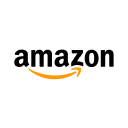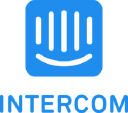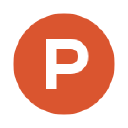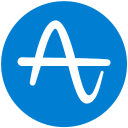I Built A $300K/Year AI Business For Less $50 Bucks
Hello! Who are you and what business did you start?
I’m one of the co-founders of My AskAI. We sell AI customer support agents to SaaS businesses to help them deflect and decrease their support ticket volume.
You add your help docs (Zendesk, Intercom etc), connect any other knowledge sources (Drive, Notion, Confluence) and then we create your AI agent trained only on your docs to answer your user’s questions.
If the AI can’t answer it passes the conversation over to your human agents so it’s win-win!
You can use our widget on your site or one of our integrations with Zendesk, Intercom or HubSpot to get AI answers to your customers. Businesses tend to pick us over those companies’ internal offerings based on price (we’re c.5x cheaper) and our response quality.
Right now we’re making $25k/mo and competing with some of the biggest customer support platforms.


Download the report and join our email newsletter packed with business ideas and money-making opportunities, backed by real-life case studies.

Download the report and join our email newsletter packed with business ideas and money-making opportunities, backed by real-life case studies.

Download the report and join our email newsletter packed with business ideas and money-making opportunities, backed by real-life case studies.

Download the report and join our email newsletter packed with business ideas and money-making opportunities, backed by real-life case studies.

Download the report and join our email newsletter packed with business ideas and money-making opportunities, backed by real-life case studies.

Download the report and join our email newsletter packed with business ideas and money-making opportunities, backed by real-life case studies.

Download the report and join our email newsletter packed with business ideas and money-making opportunities, backed by real-life case studies.

Download the report and join our email newsletter packed with business ideas and money-making opportunities, backed by real-life case studies.








































